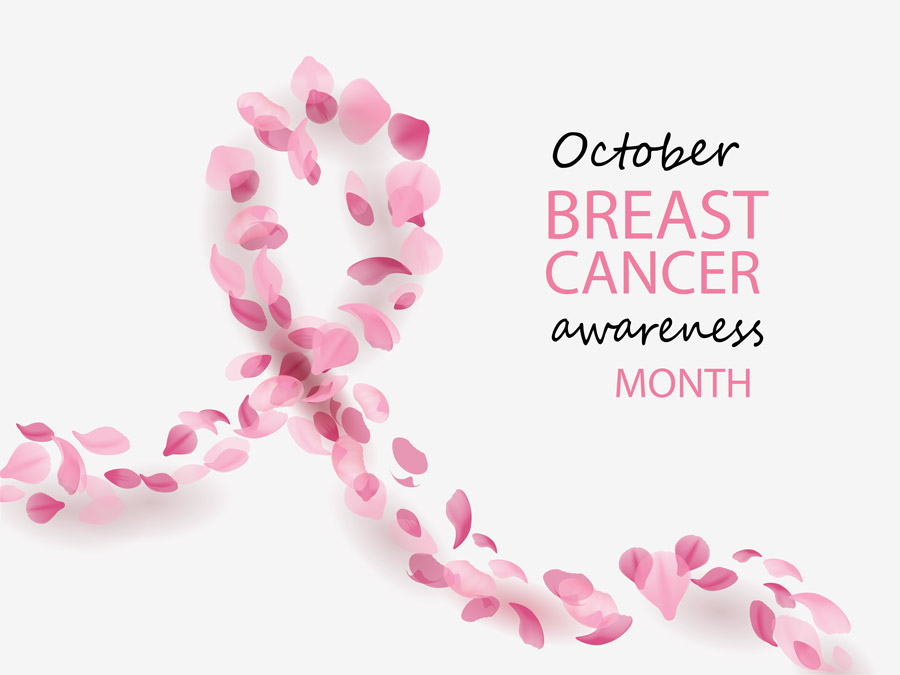
NVivo was used to enable a recent study that identified family history as the most significant factor in assessing personal breast cancer risk, but health behaviors and environment were also influences.
October is Breast Cancer Awareness month—which makes it a good time for everyone to assess their risk of developing the disease. Advances in genetic testing and large-scale studies have given medical professionals the ability to calculate individual risk levels for breast cancer with greater accuracy. However, how women perceive that risk varies significantly from how clinicians view it. For many women, it’s about more than just statistics—which can have significant implications for their health and their clinical care.
Researching Qualitative Data on Risk Assessment
A recent study in the British Journal of Cancer used NVivo to analyze personal versus clinical perceptions of breast cancer risk. Researchers scoured databases for studies on women with a higher-than-average risk of breast cancer to gather qualitative data on how they appraised their own risk. They used NVivo to analyze that data with inductive line-by-line coding. Seven descriptive themes were then developed by merging codes based on their conceptual meanings and how they related to each other. Lastly, researchers considered the links between the descriptive themes to identify four analytical themes:
To complete the research, Dr. Corley’s team used NVivo to:
- Breast cancer risk is not the only priority. Women tended to evaluate and rank their risk for breast cancer against the risk of other potential inherited diseases or conditions, such as diabetes or hypertension. These assessments also affected their decisions about engaging in behaviors or taking medications that might mitigate their risk.
- Congruency between personal risk appraisals and clinical estimates. Some women experienced a discrepancy between their personal assessment of their risk and their clinical risk. Women whose clinical risk was lower than they had estimated were generally undisturbed by the divergence, while some of those whose risk was higher continued to prioritize their own assessment.
- Comparative predictors of breast cancer risk. Women weighed their personal risk level using multiple factors including health behaviors, environment, and most importantly family history. However, some women felt that their positive health behaviors outweighed the risks presented by family history.
- Living under a breast cancer cloud. Most women knew that they could not ignore their risk level, and some experienced this as an ever-present mental burden. Some felt resigned, others experienced an ongoing sense of uncertainty, and some felt compelled to engage in healthy behaviors in an attempt to stave off the disease.
Better Communication = Better Healthcare
Psychology has shown that people don’t make decisions based on reason and facts alone, and that is certainly true for women assessing their personal risk of breast cancer. The researchers in this study note that additional studies are needed to dive deeper into the nuances of their findings, but their conclusions can help doctors have meaningful discussions with their patients about their clinical risk for breast cancer and their subjective understanding of that risk.
Ultimately, these discussions could lead patients to take steps to prevent breast cancer, such as changing their diet or exercising more. They might also encourage more women to monitor their breast health through regular self-exams and mammograms, enabling their doctors to detect cancer earlier, when it is more treatable and curable.
While science may not be able to prevent breast cancer, research using qualitative data analysis can help doctors serve their higher-risk patients more effectively and holistically, potentially leading to improved outcomes for both prevention and treatment—and more lives saved.
Learn more about how NVivo supports qualitative data analysis to help scholars uncover new insights.

